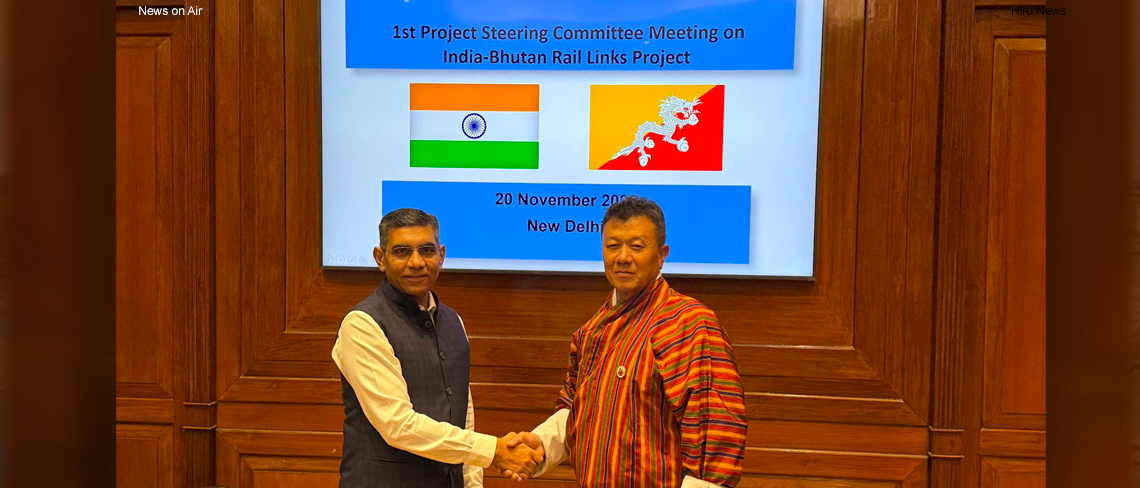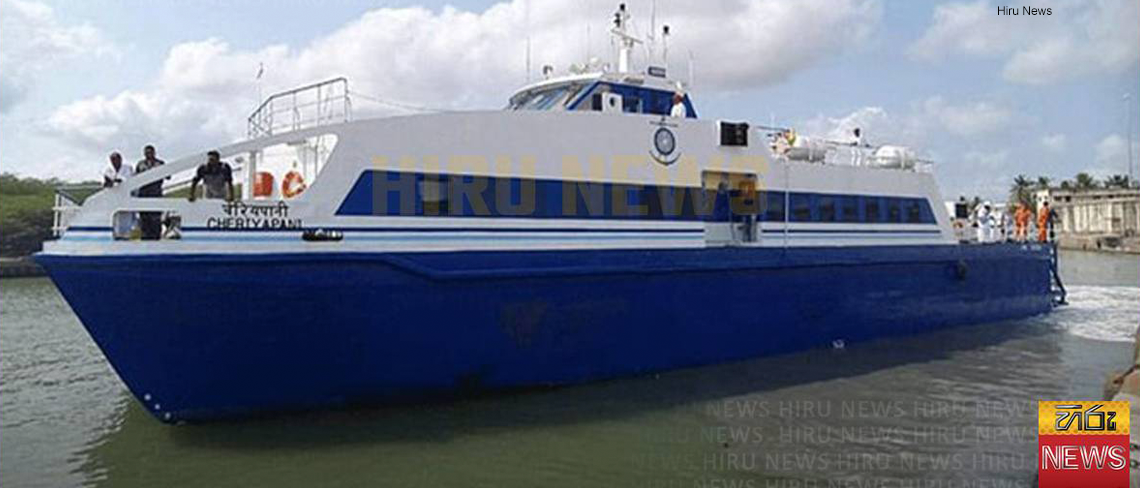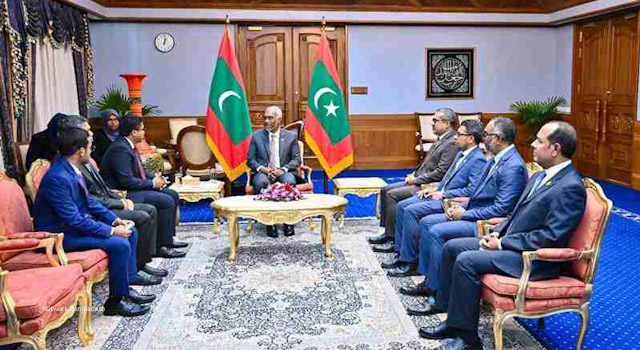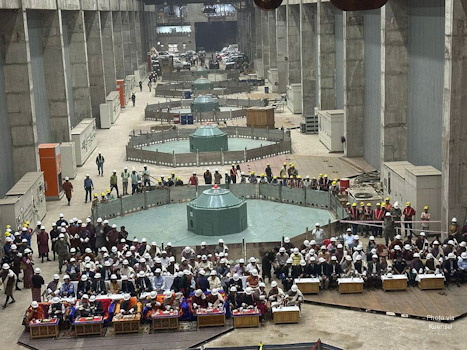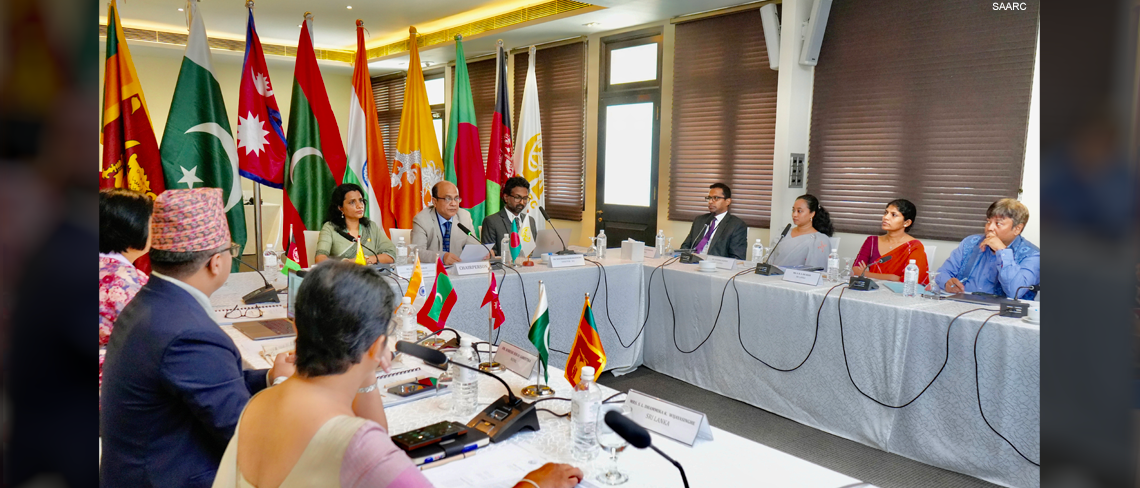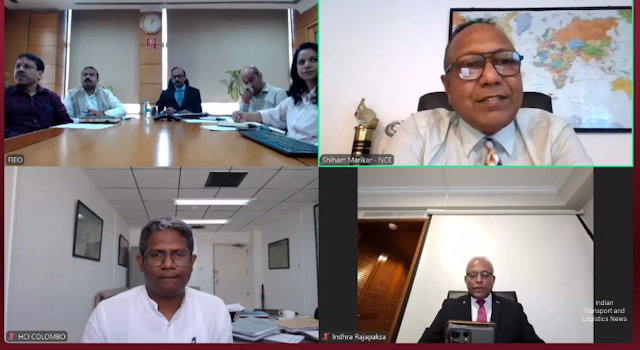
North East Regional Connectivity Summit 2015 Discusses Roadmap for Connectivity
16 November 2015
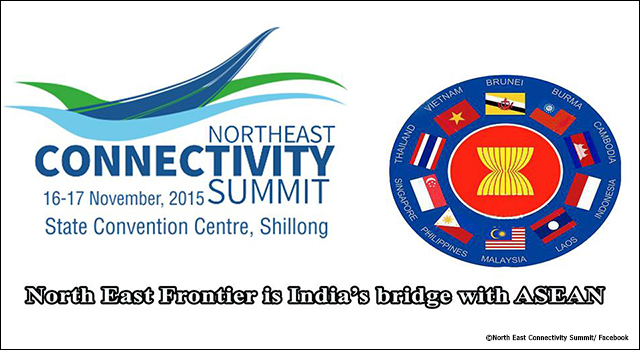
The Federation of Indian Chambers of Commerce and Industry (FICCI) organized the Second North East Regional Connectivity Summit in Shillong, in India's Meghalaya State, to review progress made since its first Summit in November 2014. This includes discussion on a way forward for the region's development, together with development of a comprehensive roadmap for connectivity, to maximize its proximity to South and Southeast Asia. Attended by Chief Ministers and industry leaders of India's North East states, as well as representatives from Bangladesh, Bhutan, and Nepal, and other neighboring countries, the Summit also presented potential gains from improved connectivity.
The Summit launched 'Emerging North-East India: Economically and Socially Inclusive Development Strategies', a knowledge paper by KPMG in India and the FICCI, which highlights opportunities that can be explored in the region, including tourism, energy, and infrastructure, to enable the North East to develop economically, while contributing to India's development as a whole. It takes stock of recent initiatives, including the 'Look East' Policy and the Bangladesh-Bhutan-India-Nepal (BBIN) subregional grouping, and identifies areas for improvement to propel inclusive growth.
According to the report, harnessing the region's full potential—which includes abundant natural resources and untapped hydropower potential—would require upgrading the region's infrastructure. Significant investments are needed, since lack of connectivity and inadequate infrastructure present developmental bottlenecks, contributing to the slow pace of growth in the North East.
The report presents policy recommendations and suggested actions, and a forecast for India for 2021-2022. In light of India's planned roadmap for connectivity and proposed development plan, the paper projects:
- Improved connectivity between the North East region and its neighbors –road travel from Bangkok to Guwahati would take a little over 48 hours; and the North East would be connected by air to Dhaka, Sylhet, Bangkok, and Yangon;
- Growing trade – the North East would account for a substantial percentage of India's trade with ASEAN; border trade and joint manufacturing activities in the region would flourish;
- Energy generation – close to 10,000 megawatts of surplus power, to be traded with neighboring countries;
- Boost in tourism through improved people-to-people connectivity, which would account for 10% of India's foreign exchange earnings.
Related Links:




